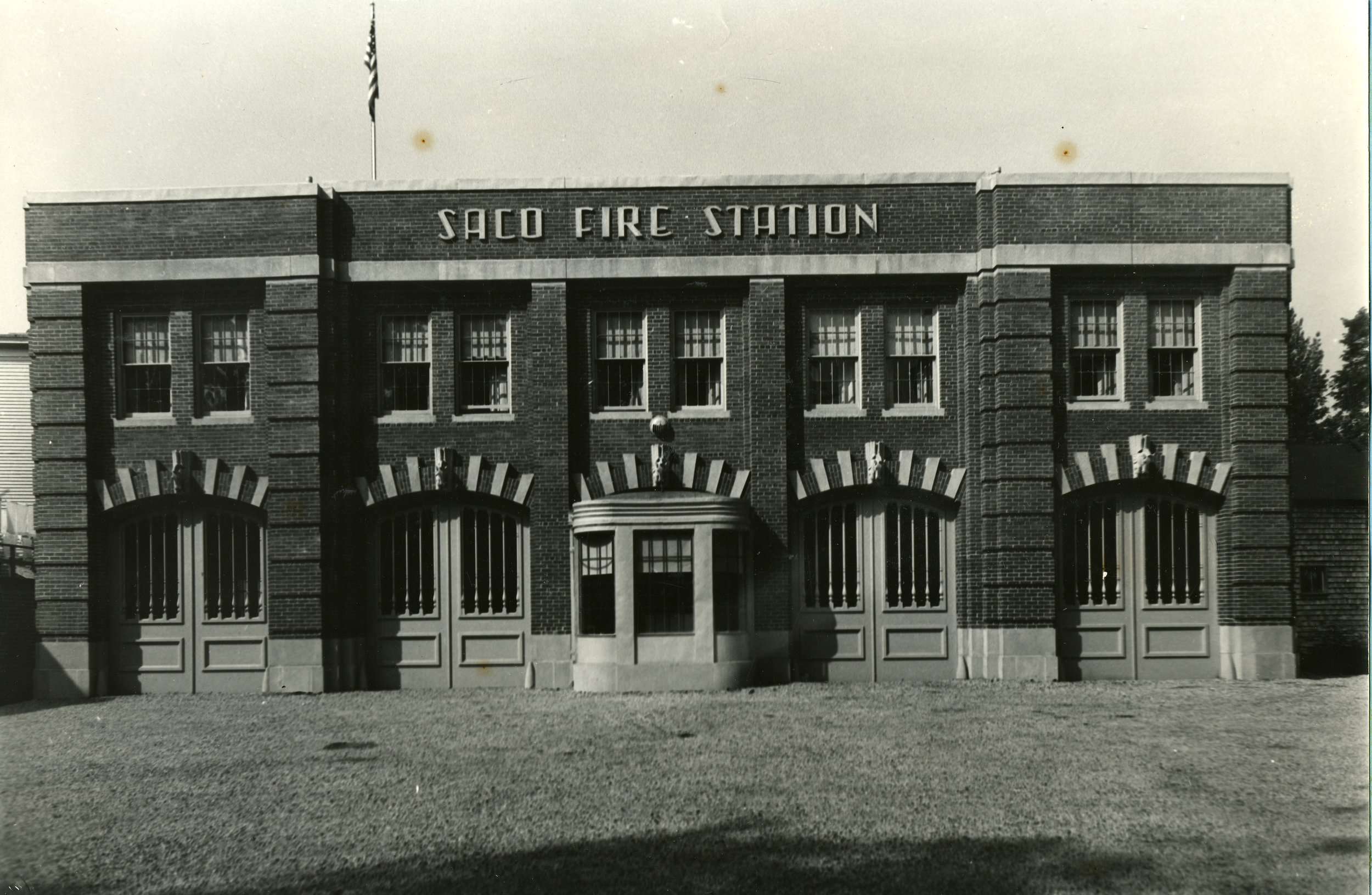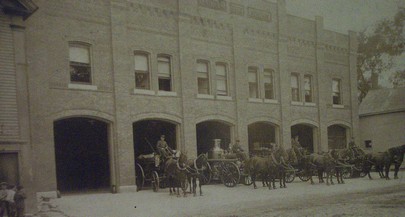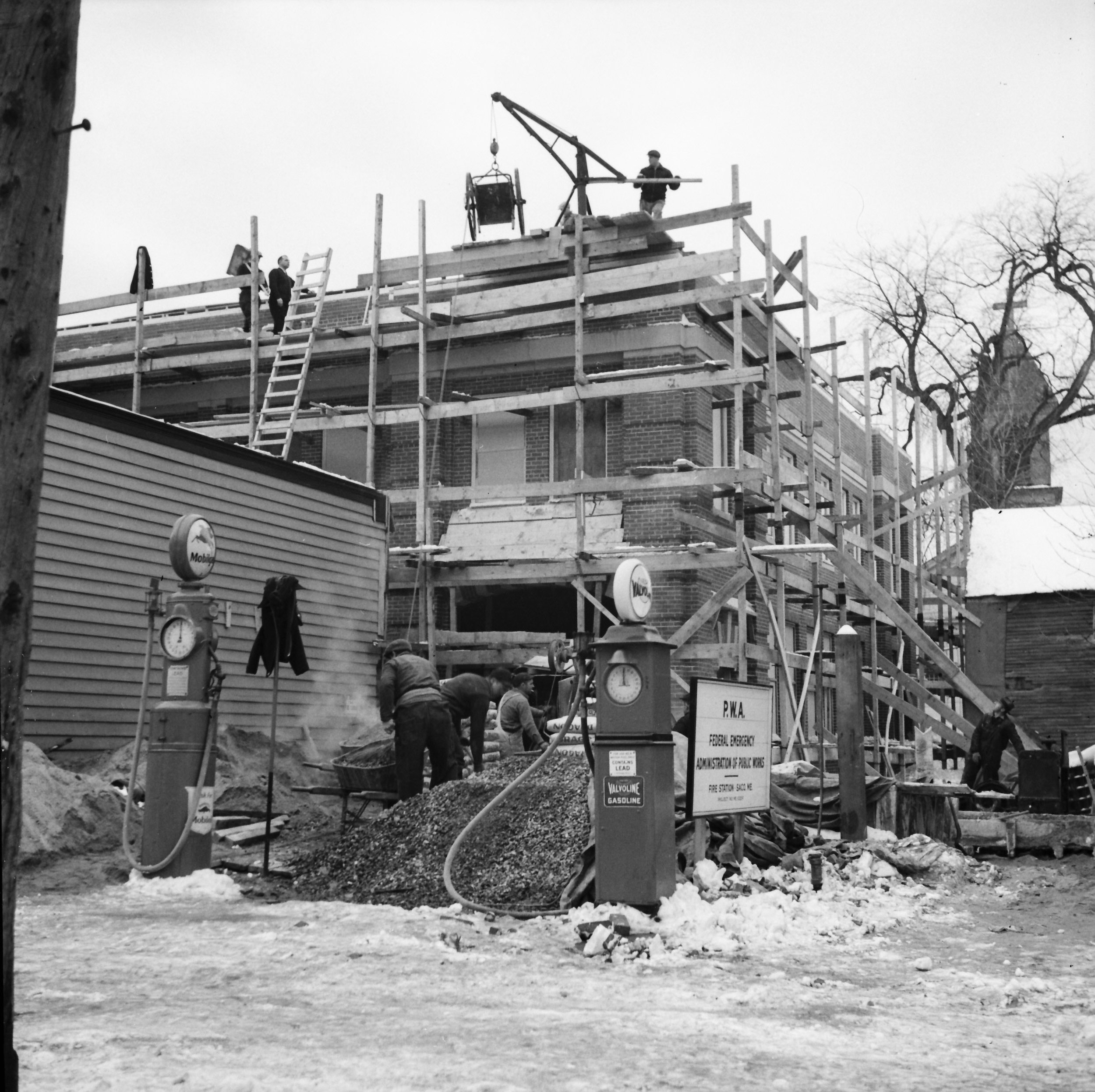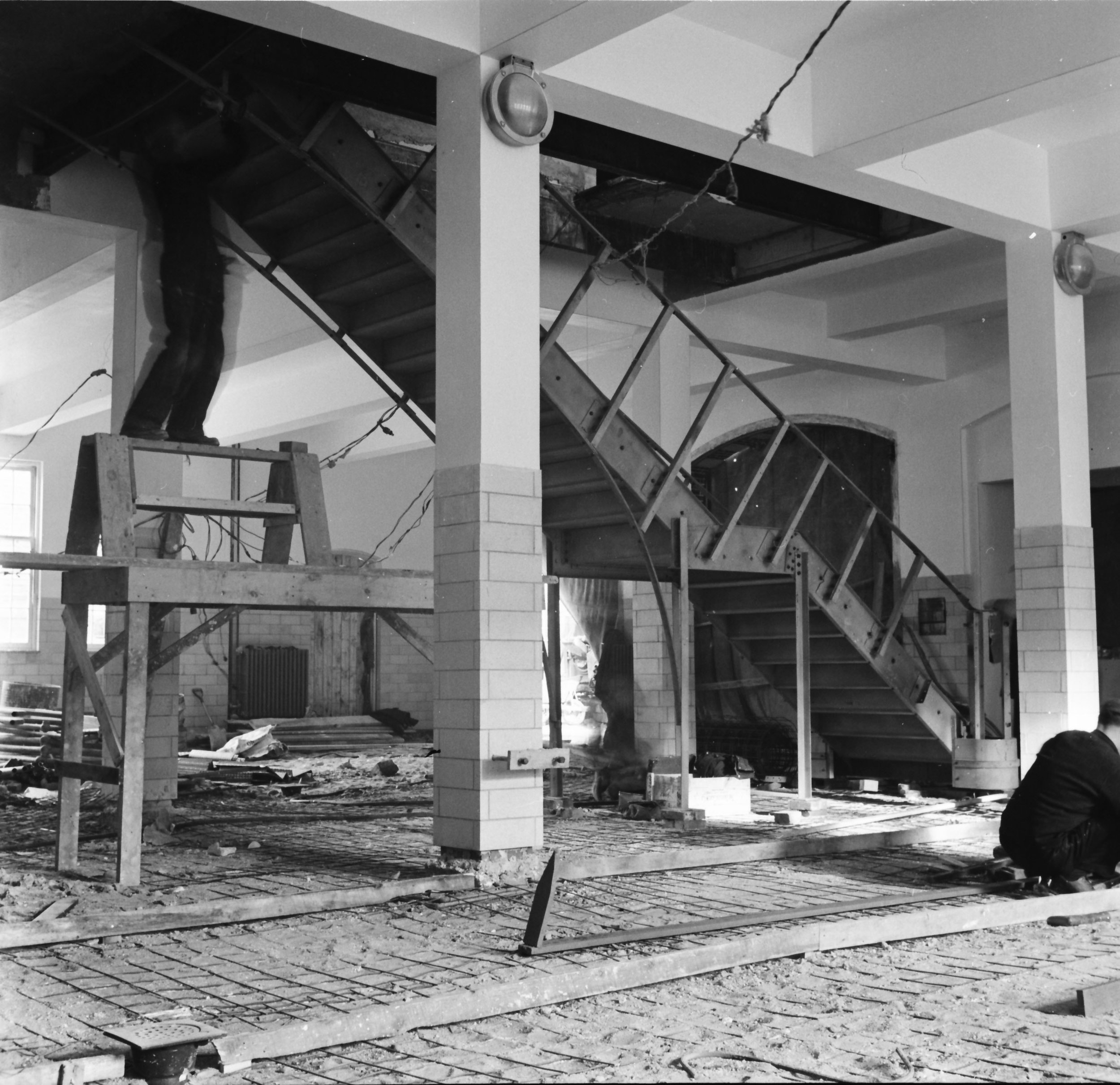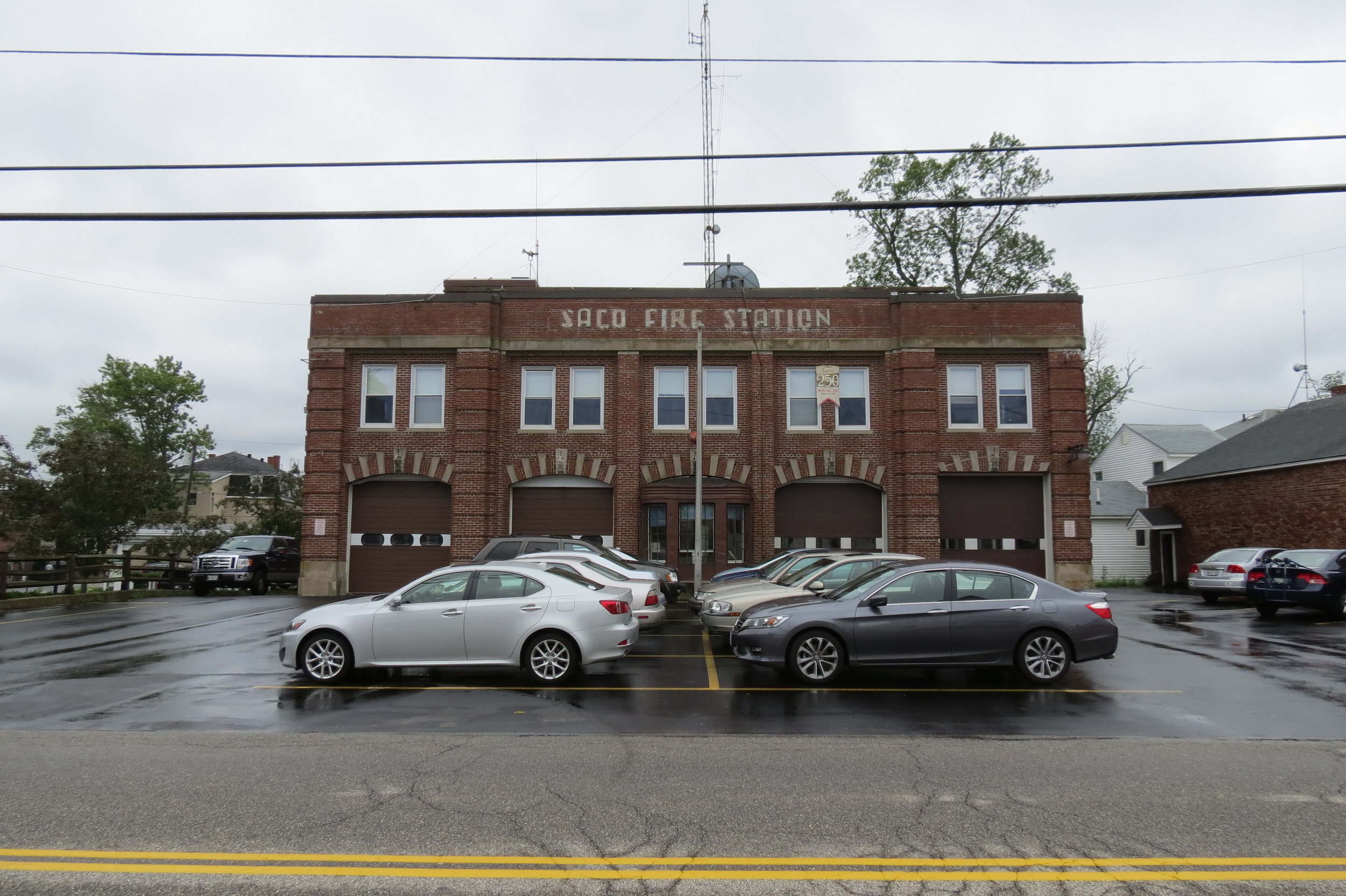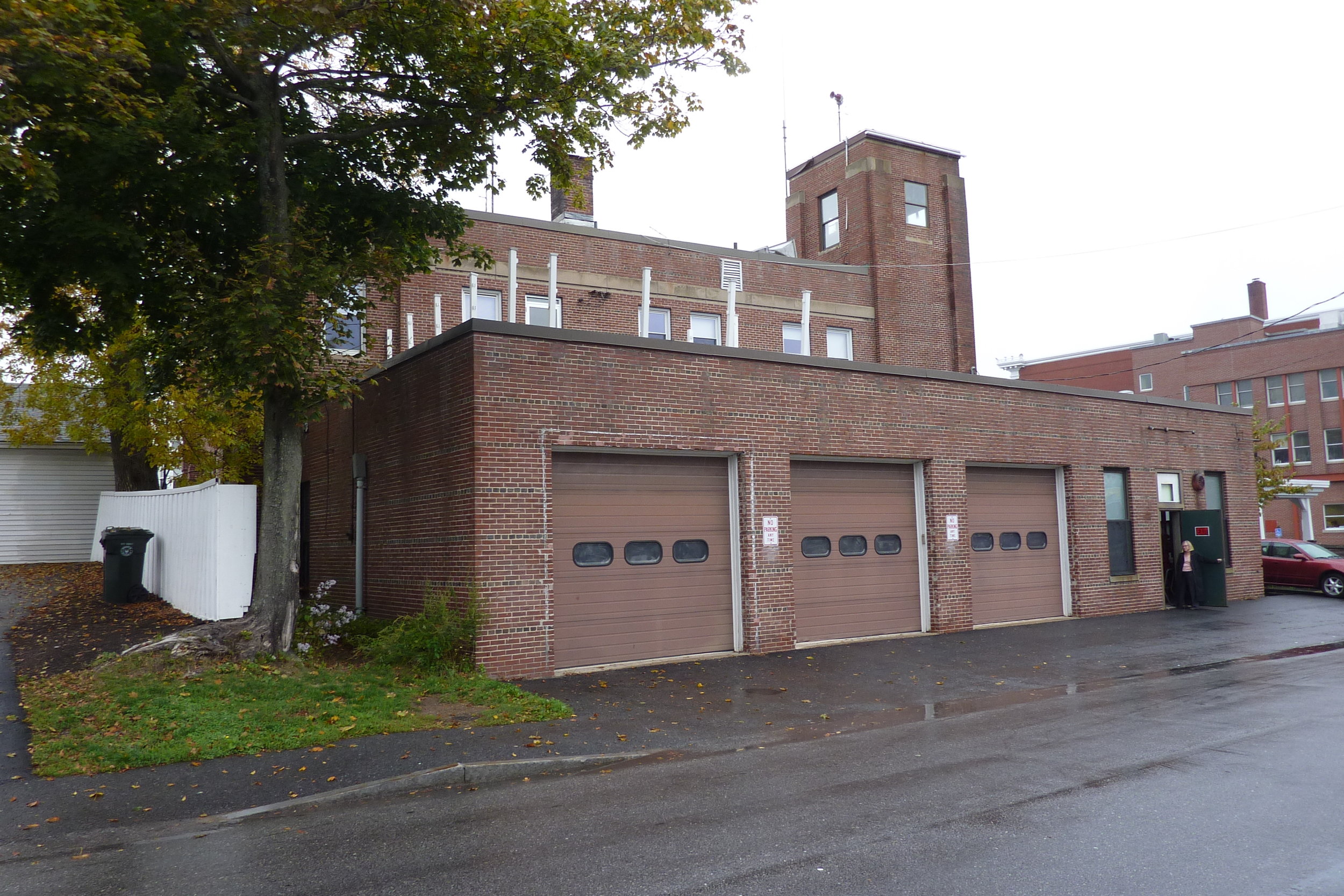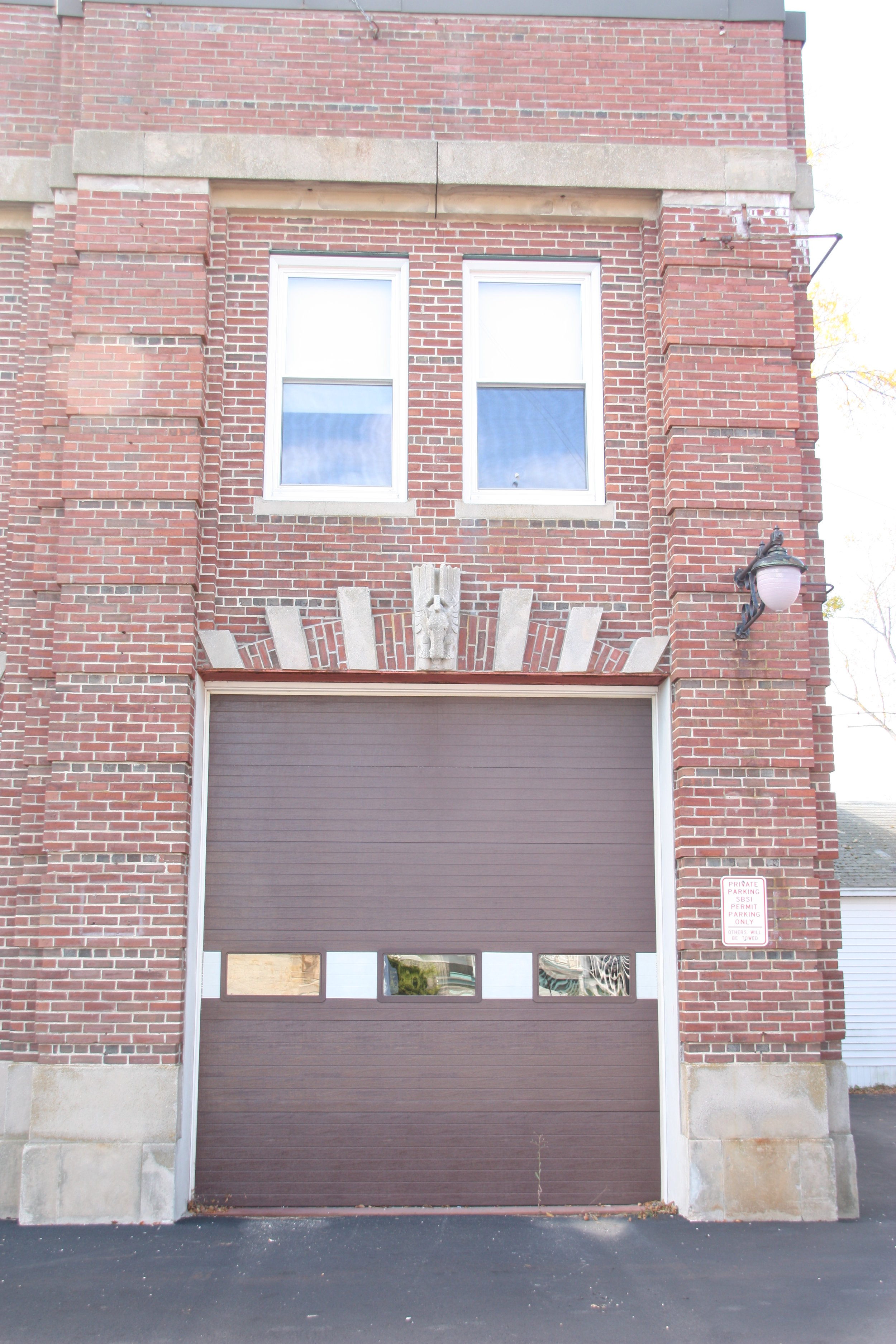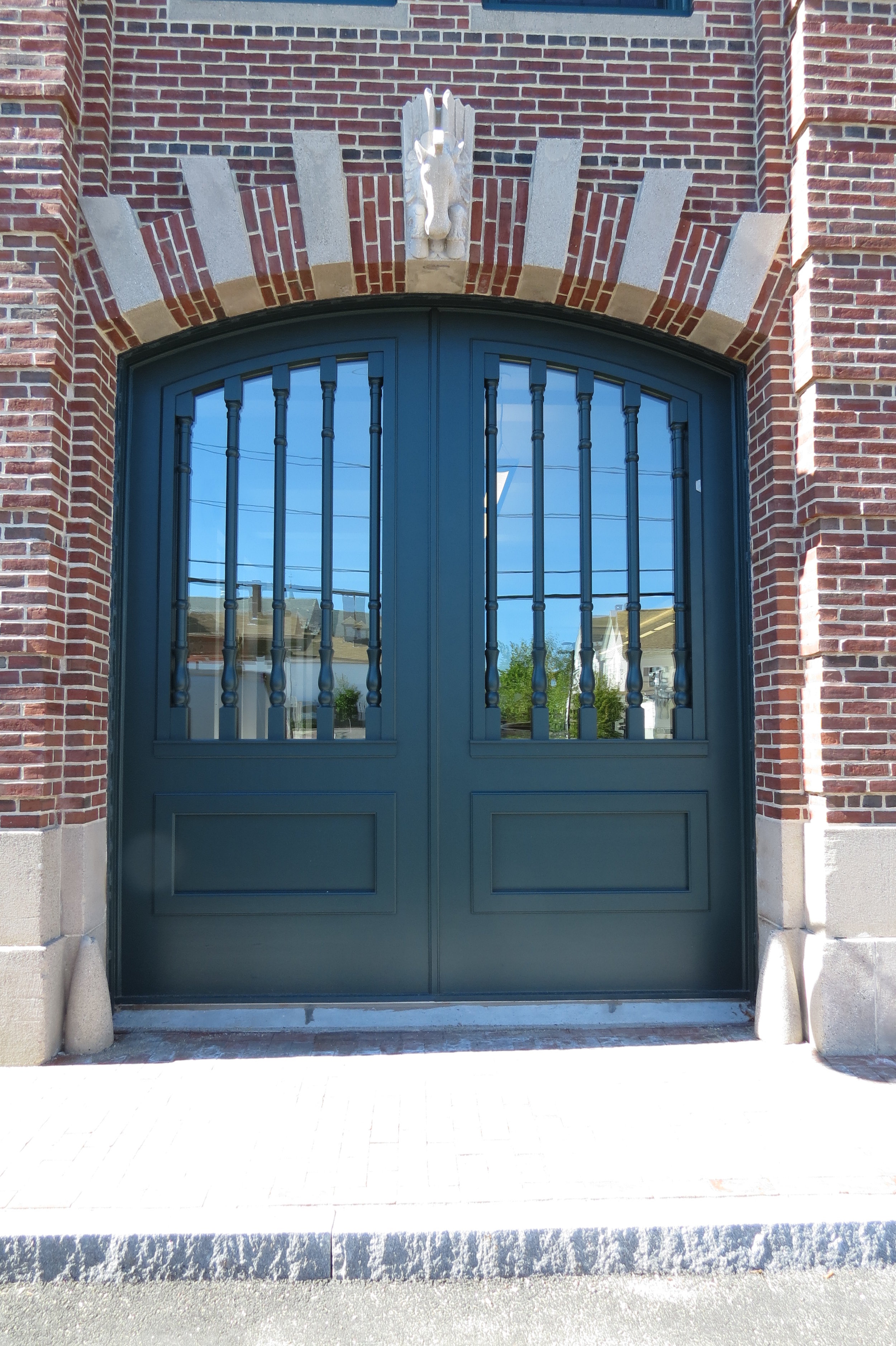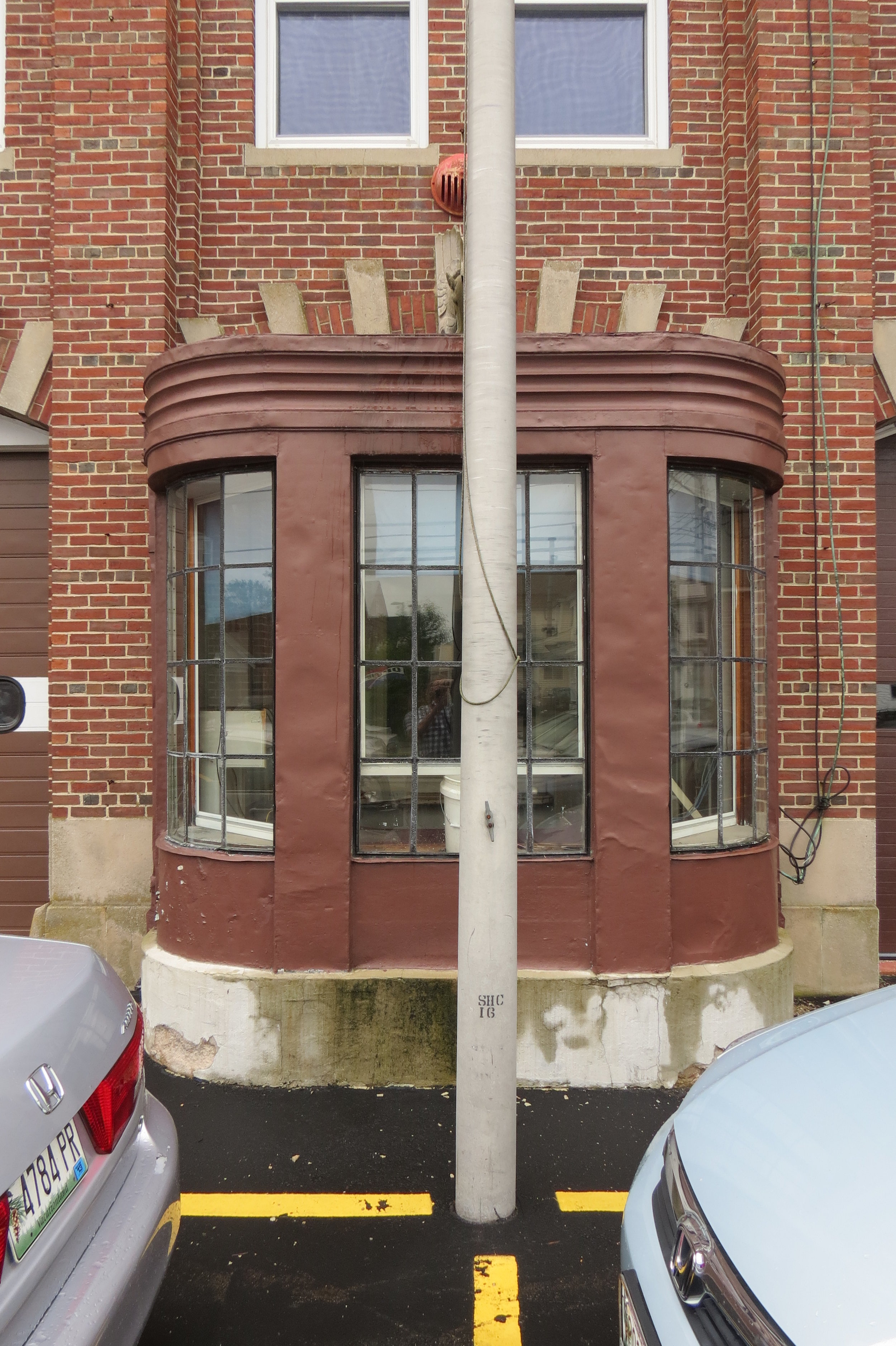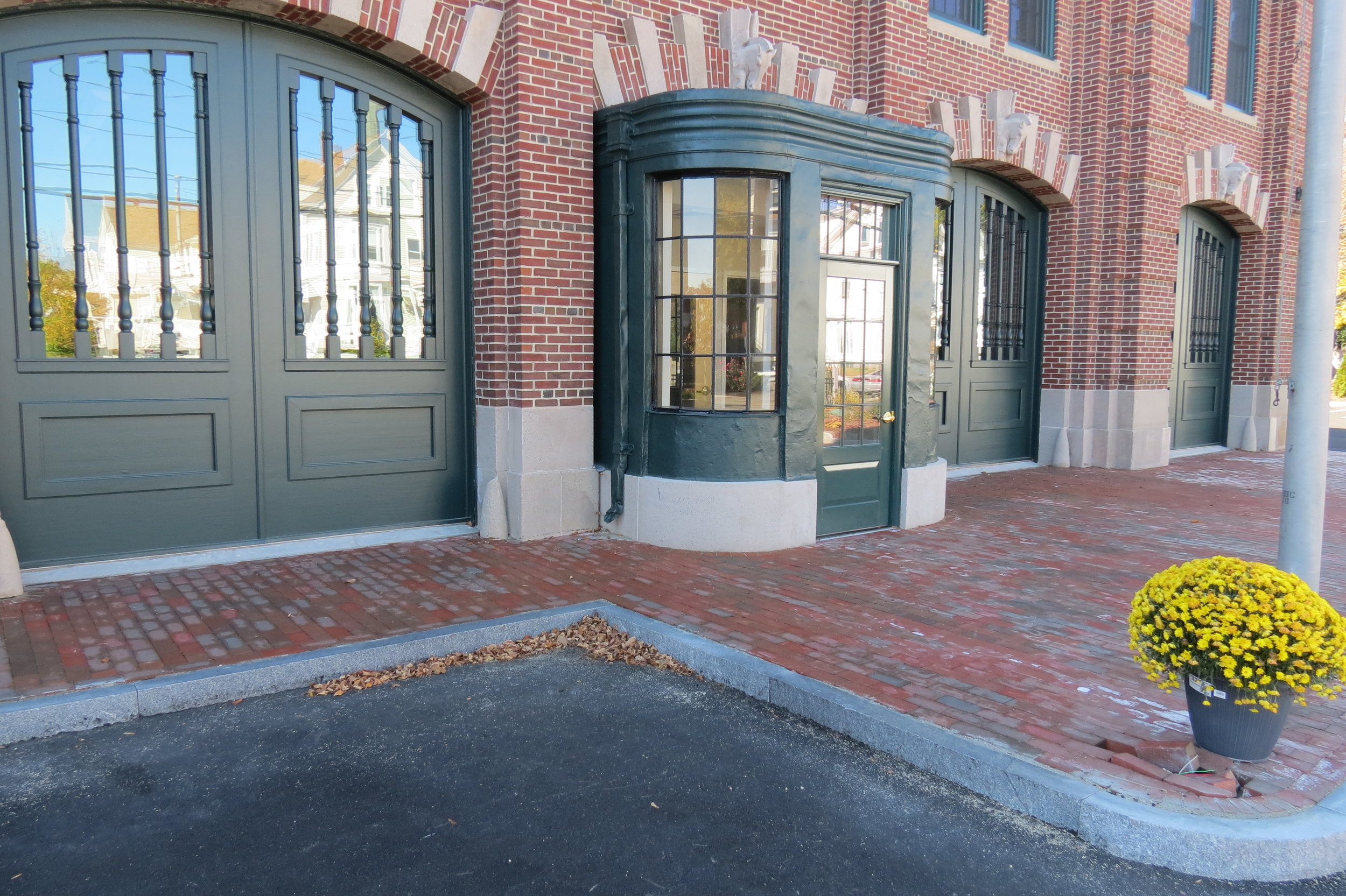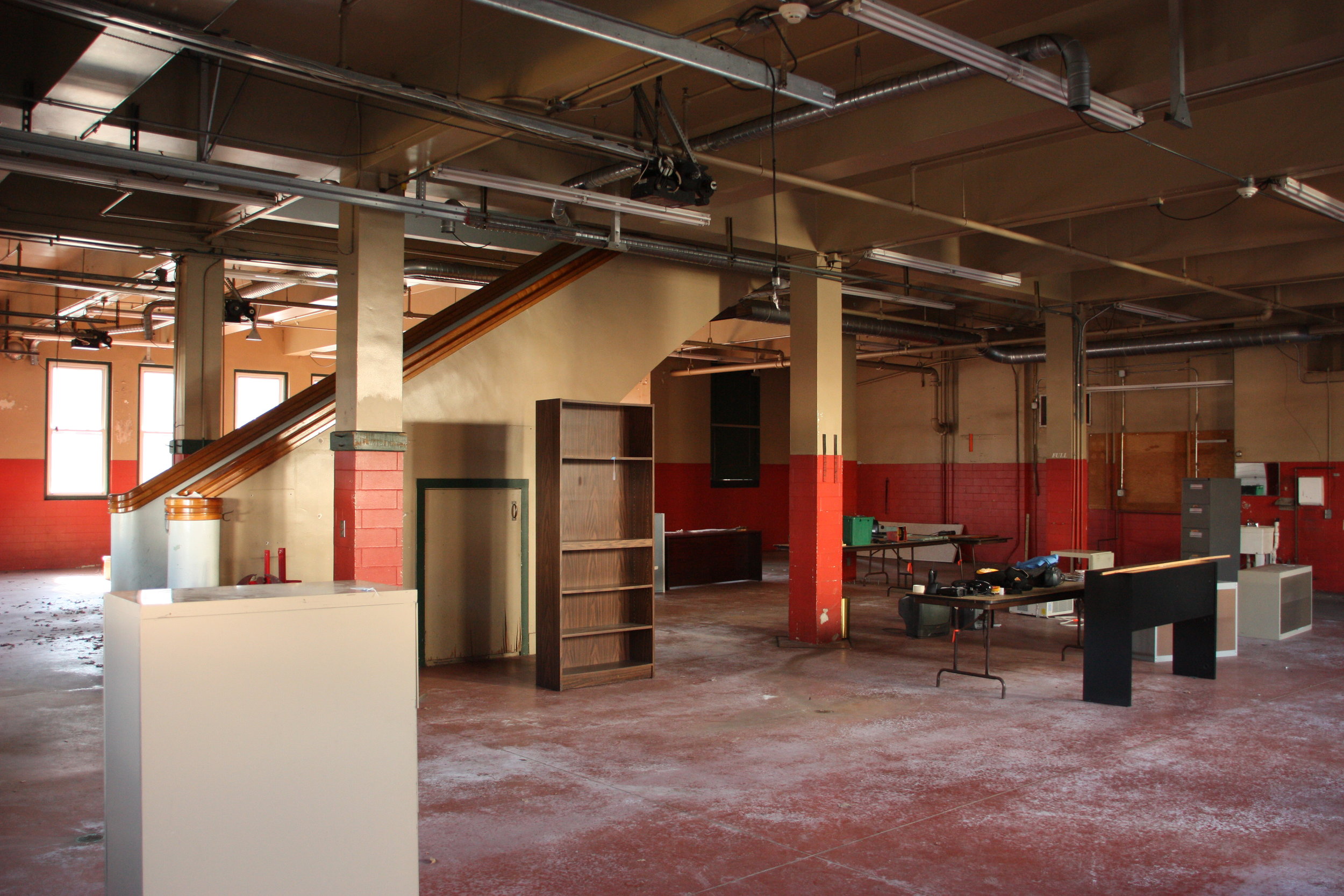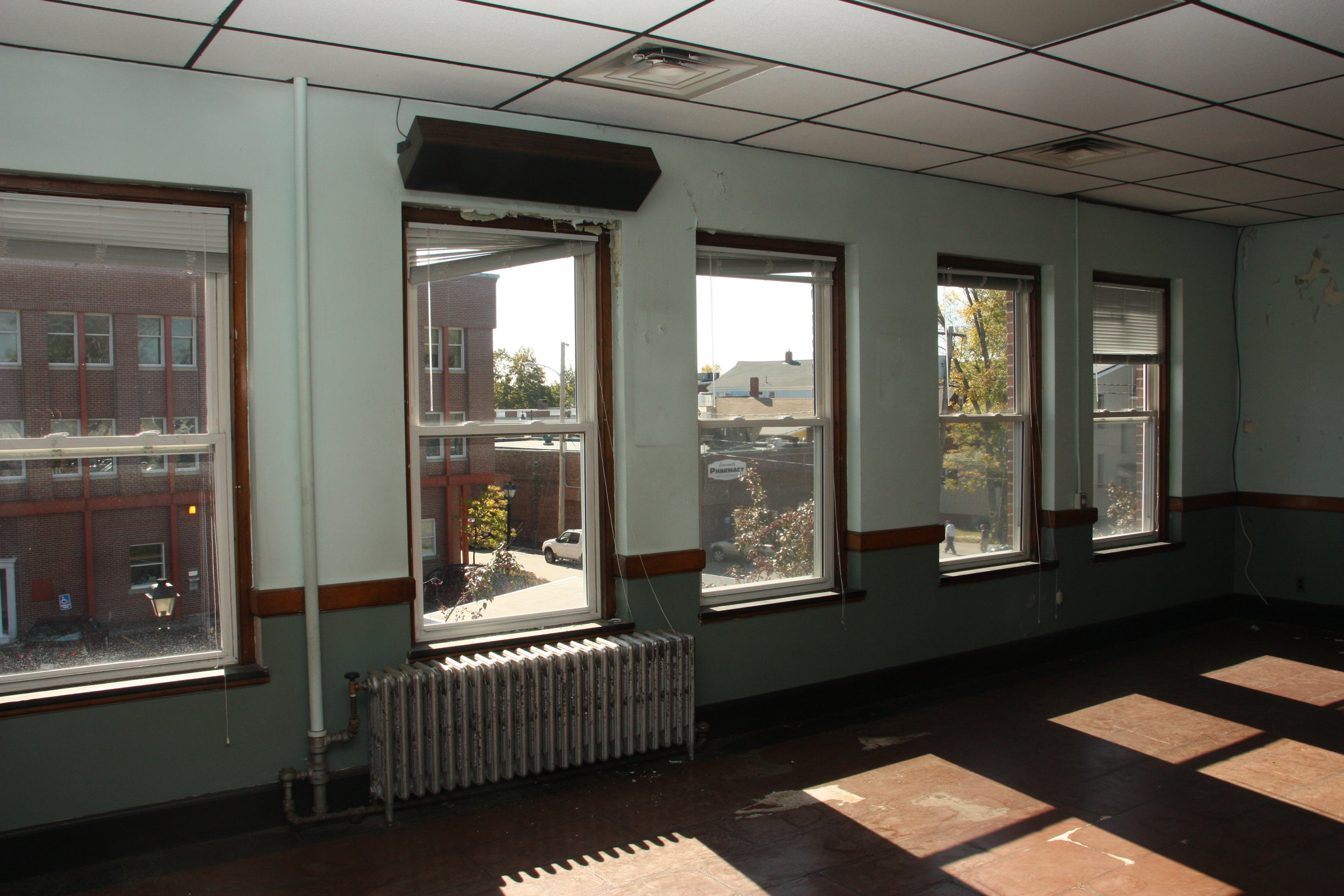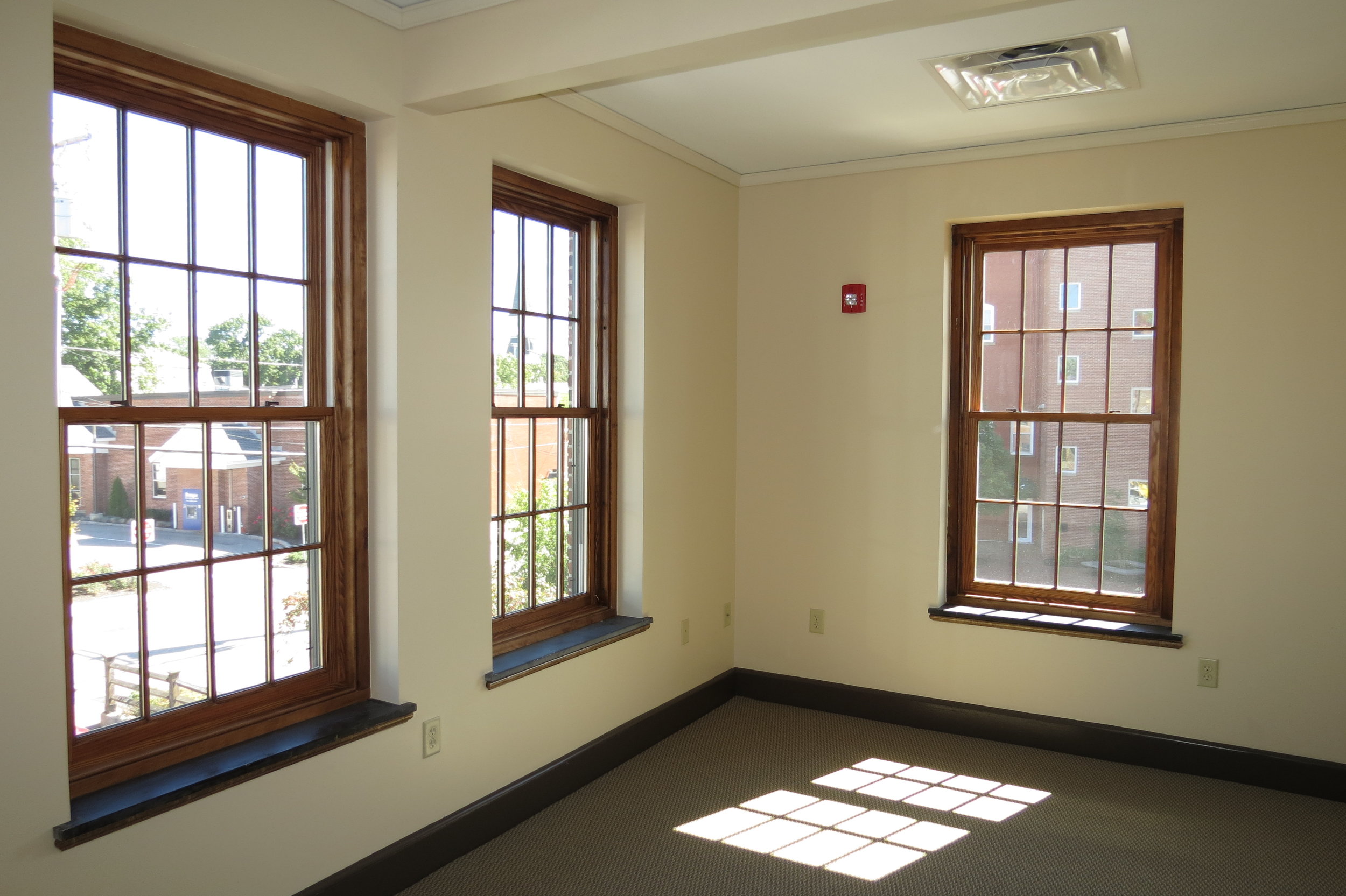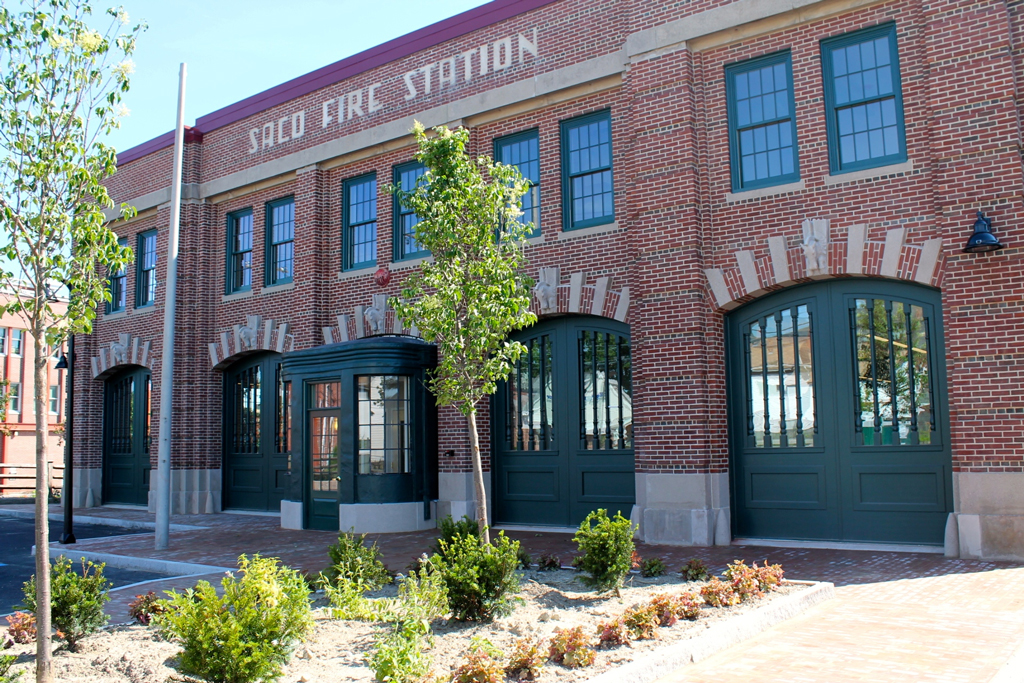Built in 1939 as one of only eight Works Progress Association projects in Maine, the Central Fire Station has been a significant landmark in the Saco community from the very beginning. The brick firehouse, designed to reflect an ongoing heritage from an earlier tradition of civic service and public safety, well served its role from its construction until January 2011, when a newly built North Street facility replaced it for local firefighting operations. Since, it has remained empty– already twice threatened with demolition.
2012 has seen a great deal of activity surround the fate of the building. Housing Initiatives of New England, a nonprofit organization led by Cynthia Taylor (a Maine Preservation trustee and Vice President), has offered the City of Saco $50,000 to purchase the station, in order to invest a far greater sum of $1.2 million to rehabilitate it for much-needed community senior housing. [Cynthia Taylor did not participate in or seek to influence the selection of this site for Maine Preservation’s Endangered List.]
Statewide economic impact studies have determined that rehabilitation investment in historic properties yield economic benefits for Maine communities, despite recent challenges in real estate. These rehabilitations foster revitalization, raise property values and property taxes and bolster the surrounding real estate market.
For the moment, however, a divided city council recently voted against the sale, opting instead to postpone demolition bids until at least mid-September. This action has already drawn criticism of a vocal base of support throughout Saco – including city councilors – who recognize the economic as well as historical benefit that a new phase of reinvestment could gain for the community. Moreover, the cost to demolish such a unique resource would place an additional burden on taxpayers, rather than provide a meaningful benefit.
Saco’s Central Fire Station echoes a growing threat to historic public facilities, as many municipalities across the state have increasingly settled for new peripheral construction, while historically and culturally significant resources are left as empty holes in the downtown landscape. This resource, however, is also poised to become a new example of a community’s tradition of economic resilience and reinvestment – answering a need for housing as well as honoring a unique local legacy of service and safety.

